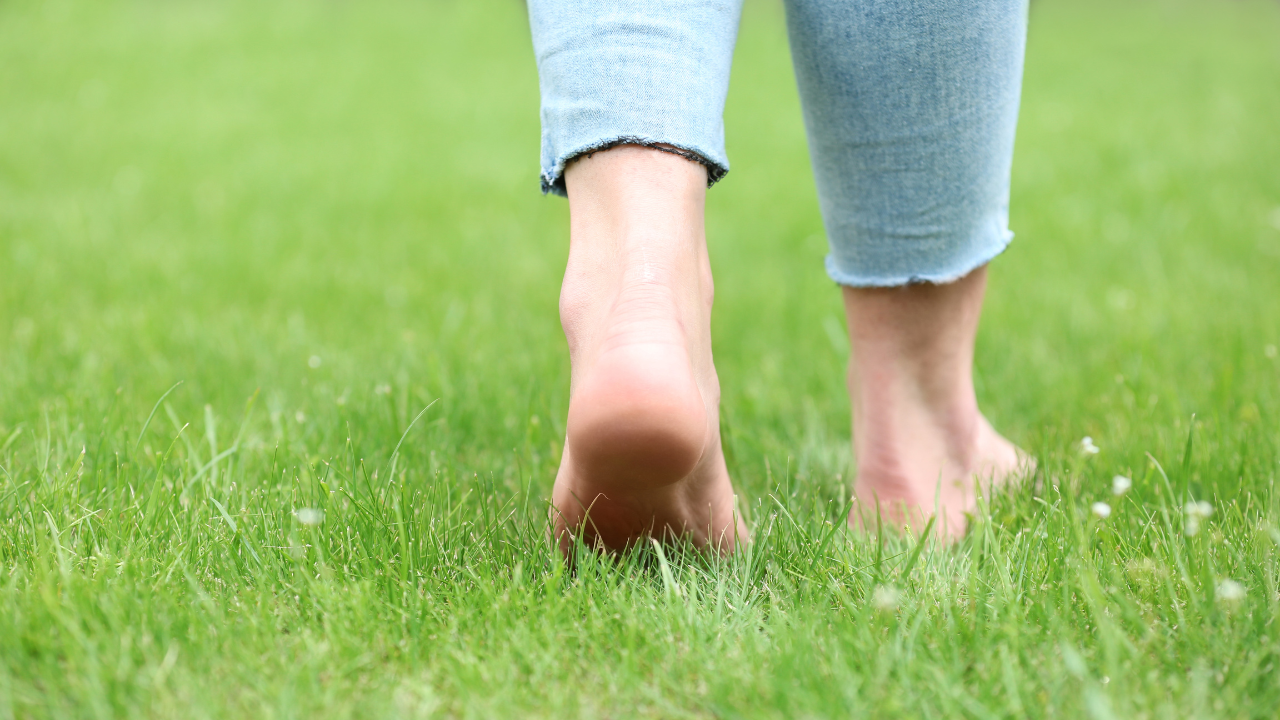Adults with type 1 diabetes should perform aerobic cooldowns to manage high blood sugar after intense exercise where glucose levels might rise, according to current guidelines for managing the disease. However, this recommendation has never been empirically tested—and recent research from the University of Alberta could offer a better solution. The paper is published in the Canadian Journal of Diabetes .
"We have more knowledge now on how to best stop blood sugar from going too low, recommendations on how to adjust insulin and how many carbohydrates to take, but we're still working on the post-exercise period," says Jane Yardley, an adjunct professor with the Faculty of Kinesiology, Sport, and Recreation and Augustana Campus and associate professor at the University of Montreal. Yardley and graduate student Reid McClure, first author on the paper, led a recent study to address that knowledge gap by investigating the impact of fasted resistance exercise (exercising on an empty stomach) on post-exercise hyperglycemia ( high blood sugar ) in adults with type 1 diabetes. McClure, now a Ph.
D. student, did all the data collection for the project, which was his master's thesis. Researchers found that while an aerobic cooldown can reduce glucose levels right after exercising, the effect doesn't last long, so it's not an ideal standalone solution for hyperglycemia management.
Persistent or untreated hyperglycemia in people with diabetes can lead to health issues like kidney and nerv.


















